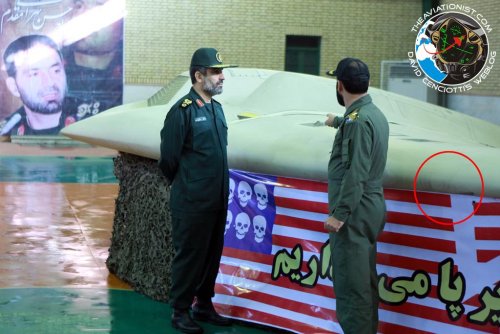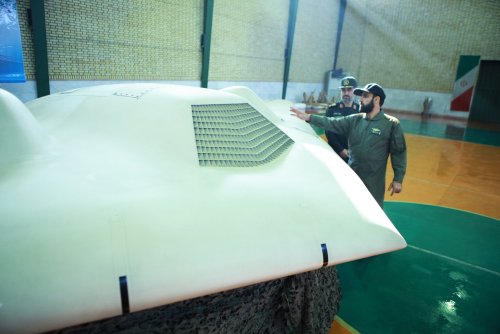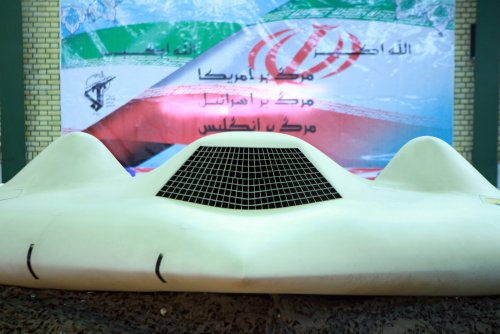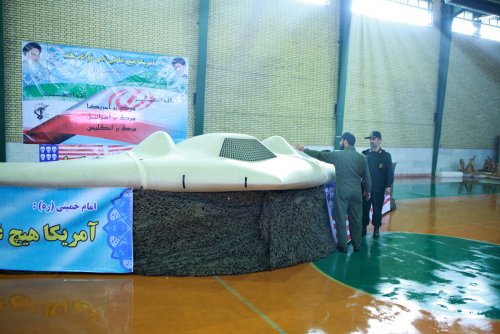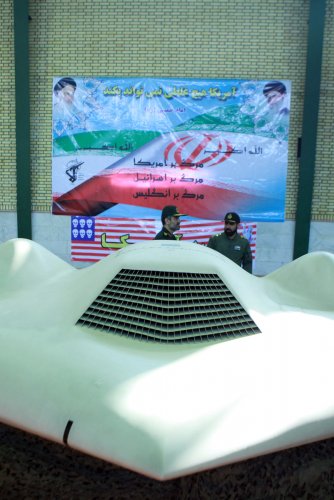- Joined
- 18 March 2008
- Messages
- 3,529
- Reaction score
- 983
Eagle2009 said:Now taking that tape on the wing roots into account..Let's say that both wings broke off during it's fall to the ground or on impact. Iran doesn't want to display a broken drone and decides to try and re-attach the wings for display purposes. Since the wings are no longer secured to the rest of the airframe properly, would they not droop down as Mr. Pike notices?
There are a lot of blemishes and scratches on the underside of the leading edge. Combined with the wing failure and the hidden undersides this clearly indicates a wheeled up landing.
Maybe the Iranian hackers couldn’t find the control for the gear? (That is a sarcastic joke, the chance that the Iranians hacked this would be under 0.01%).
Another important issue is that there was no fire. Which would indicate that the fuel was exhausted before the crash.
Maybe the Iranian hackers found the control for fuel dump? (More sarcasm).
The 99.99 percentile likelihood of events is this RQ-170 was over Iran spying for the CIA and suffered a major systems failure on its own accord. Which lead to it crashing. Many aircraft under similar circumstances have crashed in a rather benign manner.
That Iran shot it down or even knew it was there before someone noticed the aircraft on the ground is extremely unlikely. Especially since it took them a week to announce to the world they had it and then another day or two to unveil it. Indicating the timeframe for their discovery: 5-6 days after a loss some Iranian sheep herder tells his local police there is a duck white aircraft in his backyard. One day later they work out what they have and tell the world. Another day or two to recover the wreckage and set it up for display.
I think the Americans knew exactly where it crashed but because this was 200+ km inside Iran took some time to work out what to do. And after a week the Iranians had found it before the US had done anything forestalling any further action. The RQ-170 is supposedly designed and built without sensitive equipment and technology onboard so the political risk of destroying or recovering it just wasn’t worth denying the aircraft to Iran. Since it is actually very small and with the flying wing presents very little area to radars it would not be hard to make stealthy. Even without any RAM it would have an extremely small RCS.

